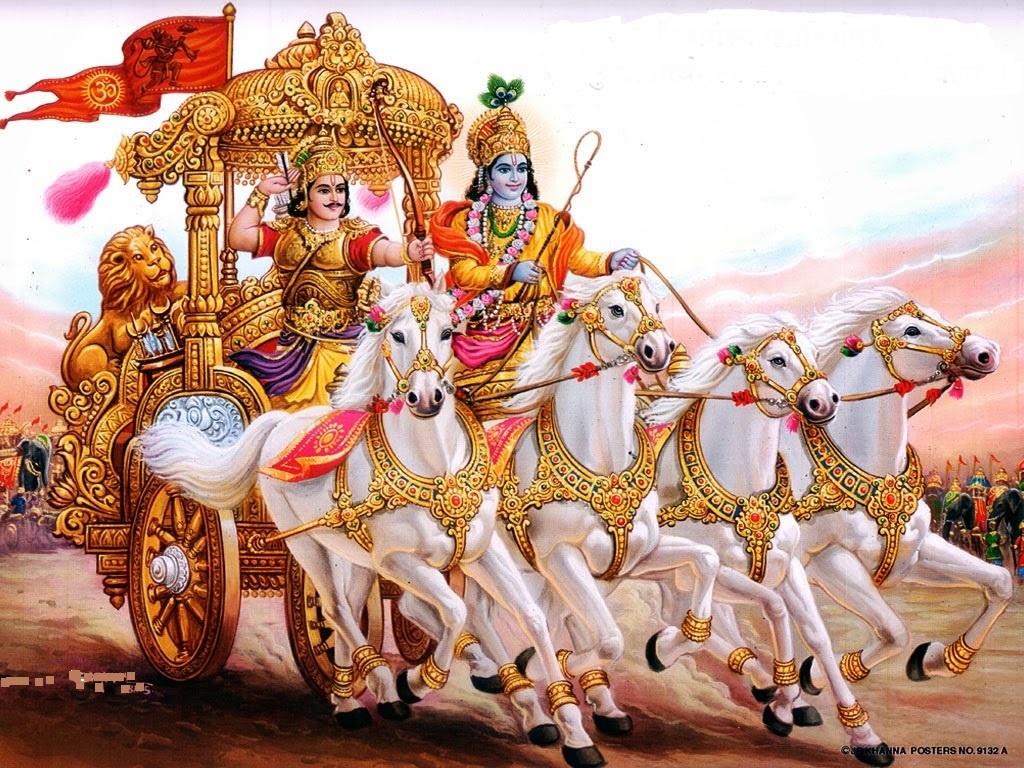The Spiritual Import of the Mahabharata and the Bhagavad gita-20.5 & 6.
16/12/2017
Chapter 20: We are the Fruits and Leaves of the Cosmic Tree -5 & 6.
VERY IMPORTANT, FOLLOW CLOSELY:
5.1
So God exists even in the world, even in this variety of the cosmos. This is the great philosophical basis that is described in a psychological manner in the fourteenth chapter of the Bhagavadgita—the division of the three gunas into sattva, rajas and tamas.
5.2
The universe, formed in this manner and consisting of these varieties, is compared to a vast, widespread tree whose roots are above and branches are below. We all are like the leaves and the fruits, and are sometimes compared to the birds perching on this tree, and so on.
5.3
The roots of the tree are invisible, in the high heavens, because they are the imperceptible unity that is pervading the variety we call creation. Hence it is that we cannot see God. Not merely that—we cannot be even aware of the existence of God due to the intellect being conditioned to this body and our isolatedness, which asserts itself so vehemently that it will not permit the awareness of that vast universality called God. Neither can we see God, nor can we understand God—what could be a greater sorrow for us then this?
6.1
But the great panacea is described in this great gospel, which speaks of this comparison of the universe as a tree spreading forth downwards through the branches and getting itself rooted in the supreme Absolute. We are caught up in this variety on account of clinging to particulars—bodies, our own as well as those connected with us through social relationship. That this has to be severed is the great teaching.
6.2
The art of detachment is the most difficult thing to understand, because we are accustomed to see union and separation of bodies. By the term ‘detachment’ we are likely to imagine that a body has to be physically separated from another body, because we think only in terms of bodies. For a small child studying in kindergarten, to be taught that one and one make two, one object has to be placed before it in juxtaposition with another object, physically.
6.3
The teacher may put a finger on a solid object and say, “Here is one object and there is another object, and they make two objects.” The baby, in that condition, cannot understand abstract thinking. Likewise an abstract, spiritual concept of detachment is outside the reach of the mind of the individual who is accustomed only to think in terms of solid bodies.
6.4
So when we think of spiritual detachment, renunciation, we think in particular of a cutting off of bodies, whereas the great teachings of the spiritual adepts is the disassociation of consciousness from its association with objectivity of every kind. It is not objects that bind us, but objectivity of consciousness.
6.5
The insistence of consciousness that things exist outside it is the attachment and the detachment.
To be continued ...
Swami Krishnananda





Comments